
Transcription
file @ Papyrus Collective Group Blog
XZYZST pt. 3
As a lil' nigga growing up on the streets of Compton, California, I remember hearing older people like my Aunt Sanche burst into "shit talkin' mode" about how the white man forcefully bred African slaves to make bigger, stronger, and harder working slaves.
I remember her becoming very upset while talking about this and smoking a cigarette as I sat on the living room floor listening to "grown folks' business." But what really stood out to me in my 7-year-old mind was when my aunt got to point after a long pause and exhale of smoke and said,
"Shiiiit, dem muthafuckaz didn't even care if the slaves was family members or from enemy warring tribes or sissies or nothin'. They just made em all fuck each othea."
It was the first and only time in my life that I had heard anyone make a connection between African slaves and the LGBTQ community of the world. I knew about my sexual orientation pretty early in life, but I wouldn't dare say nothing about it to my aunt or any of my family or friends at school because that would mean social suicide. So I stayed quiet and remembered that the word "sissy" in the hood didn't mean anything good and was something that nobody should want to be. Unless you just didn't know of the danger. I knew danger.
But many times throughout my childhood, I did wonder about how horrific it was for people like me as an African and LGBTQ to be forced to breed with a heterosexual person for any diabolical reason created by the wicked minds of slave owners, and it made me also wonder why we never hear about African salve stories that reflect these facts. Because it is absolutely impossible for them not to be any LGBTQ people at the bottom of any of these slave ships.
I've found stories about how white men was killed for having sex with young African slave boys. In fact, I found two stories where the Dutch followed the same-sex death penalty laws and choked Jan Creoli, a black man, to death and burned him to ashes while flogging his ten-year-old lover in 1646. Sounds like child molestation to me, but that's not why they killed him. In 1660, a white soldier, Jan Quistbout, was tied in a sack, thrown into a river, and drowned. The boy, Harman, was whipped privately. The boys were also African slaves.
I believe a lot of this is unknown because the New Netherlands only existed six decades in the 17th century and is said to have been more tolerant than its neighboring English Puritans in Massachusetts, which at that time, had a commercial focus through the centuries in New York.
I read all of these things in a piece written about the Mohawk country. Yes, I said Mohawk. I grow one every year to honor them, Africa, and Tobias.
So the story goes: a white man named Harmen Vanden Bogart, a surgeon and barber, moved to the Hudson trading post area of Rensselaer, New Albany around Fort Orange, where muskets were exchanged for furs from the Mohawks and brother tribes. In fact, this was during the time when around 1625, a Captain Van Kreickenbook sided with the Mohicans and got himself and his men killed and eaten by the Mohawks. Pretty brutal stuff.
So Harmen, 22 years old, volunteered himself and two other men to lead an expedition into the snow-covered forest, becoming the first white man to reach Mohawk Valley and be welcomed. I found a lot of this information and illustrations at Update Earth during my research. I encourage you to do your own research and join this conversation. Now, where was I? Oh, yeah, leading up to my beloved Tobias.
Here's where things get critical. Harmen kept a journal which got lost for centuries before it was found among ancient records in the Netherlands. You can check it the illustrations at the New Netherlands Institute at the state museum. I've seen the new translated works myself and found Harmen to be super interesting, like caffeine hyper interesting.
This young man had a glossary of the Mohawk language and, as one writer puts it, "full of a number of explicitly sexual terms." Looks like our Mohawk family had it going on.
Word is Harmen also owned a business and had a wife and house on what is now Stone Street in Manhattan. He and his wife, Jillisje, had four children, and even medically treated Isaac Jogues, a French missionary who was later canonized as a Catholic saint. Now ain't that something?
Harmen was accused of having a same-sex relationship with an African boy named Tobias, who was a slave. Harmen was arrested in 1647 for sodomy with Tobias, the runaway slave. This was a love story, not abuse. There had to be many more.
Both Harmen and Tobias escaped from the prison in Fort Orange and fled to Mohawk Valley, perhaps because the Mohawks did not share the homophobia of the white men. The Mohawks at that time allowed a special place for gays in their own culture, who were known as "Two Spirits." It also looks like the Mohawks fought with the white men over them as well. After a battle with the Mohawks, both Harmen and Tobias were sent back to prison, only to escape from prison again. This time, while fleeing across the icy Hudson near present day I-90 Bridge, Harmen fell through the ice and drowned.
I have no idea what happened to Tobias. I imagine this young black man remained with the Mohawks, being one of the few sources of connectivity between lil' black boys growing up LGBTQ in the inner cities of American Streets and the continent of Africa as an inspiring story for those of us that chose to escape from slavery; towards the freedom of our nature; hoping to unite with people like the Mohawks that understood true freedom. But we don't know what happened to Tobias.
Tobias had to experience not just physical slavery but also the same discrimination the rest of us Tobiases suffer, even toward circa 2017. Tobias is just one of the many stories of little black boys that has not been taught in American inner cities, and his story, so far, has only been about sex and not his sexuality, nor love, nor companionship.
My Aunt Sanchie's rant made me question if I would ever be able to muster up the courage to live as Tobias did, willing to engage freedom in the face of the harsh reality: that hatred is a hunter, and I am the prey.
I wrote this column because I want other young homies in the hoods of America, in prison, juvenile detention centers, foster homes, or trapped in dogmatic religious environments where we are called abominations, beaten, all kinds of other experiences that are horrific and degrading, to know that they are not alone. We can be found in history, both American and African history.
Bro, tell your own story, no matter how hard it may be. Your story, like the story of Tobias, is needed so the next youngster can find himself in you. So, no matter where you are, write your own freedom into the future book of what courage really looks like. Can't wait to hear from you.
—Xzyst (exist)
Floyd Smith #K-72700
San Quentin State Prison
San Quentin, CA 94974
USA
Other posts by this author
|
2023 jun 11

|
2023 may 31

|
2023 may 4
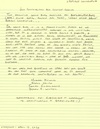
|
2023 may 1
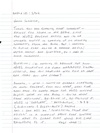
|
2023 apr 30
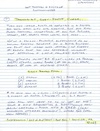
|
2023 apr 19
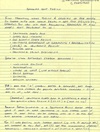
|
More... |

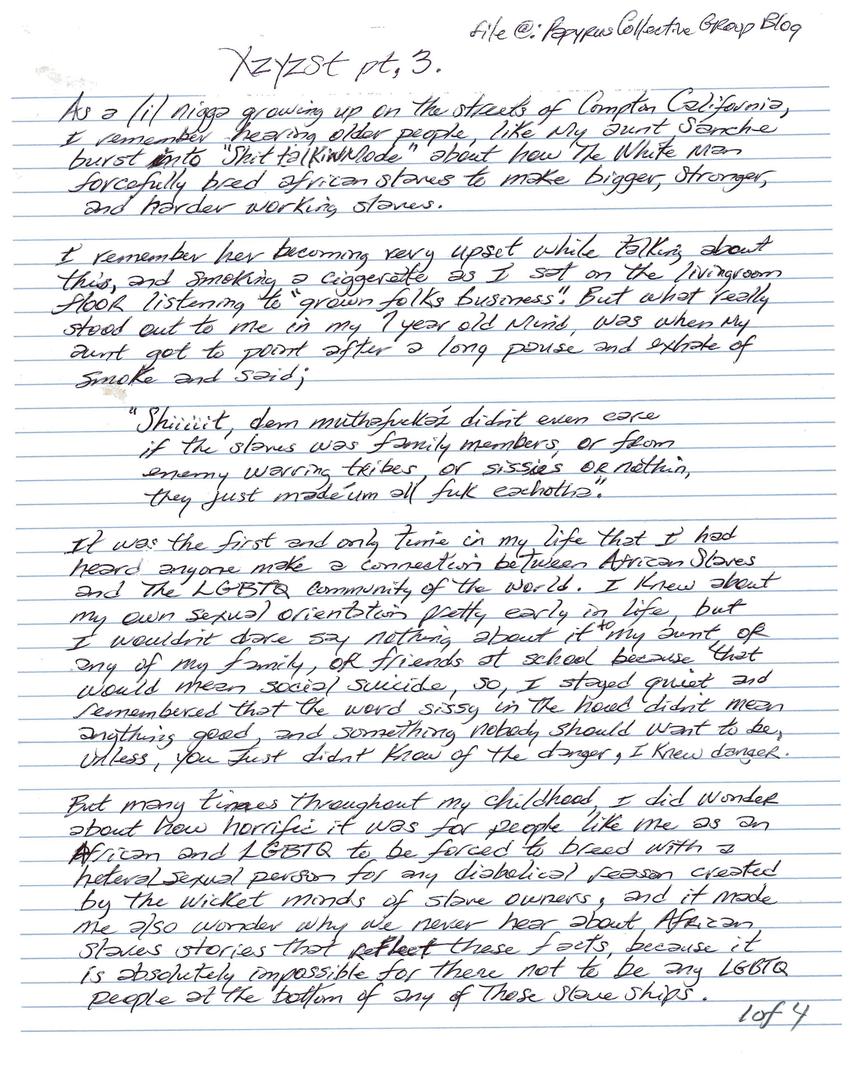
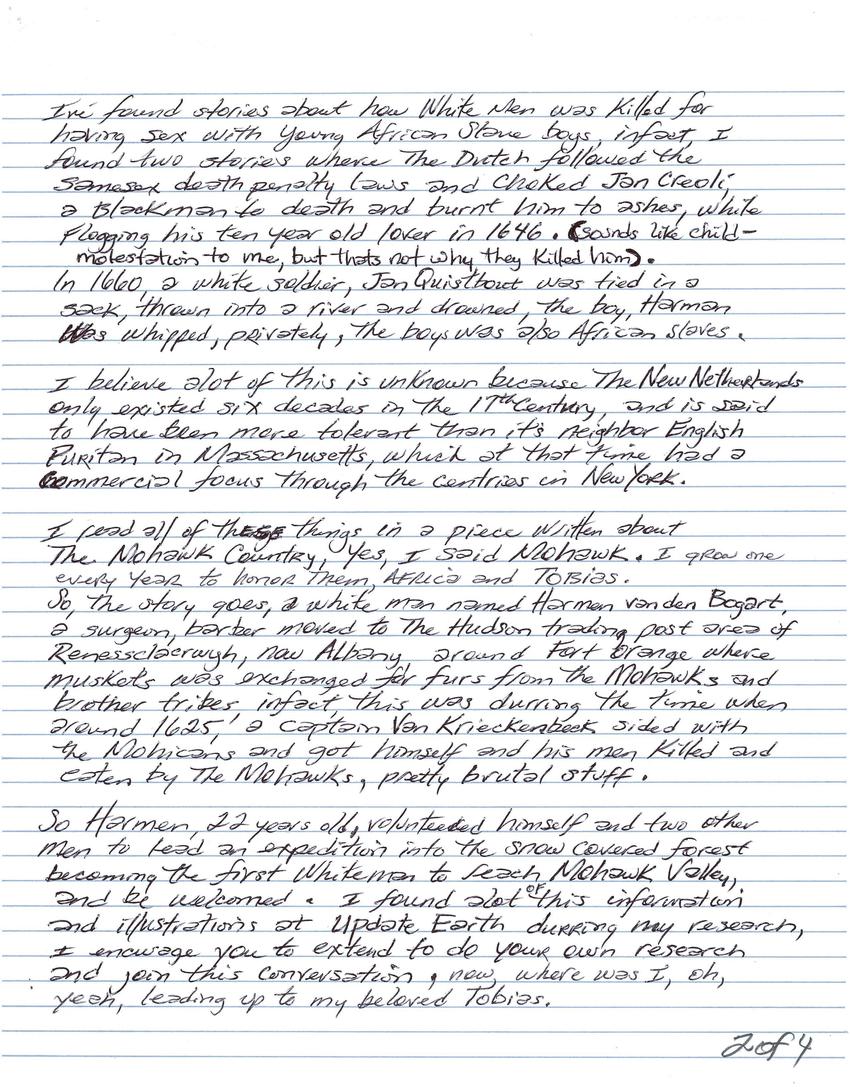
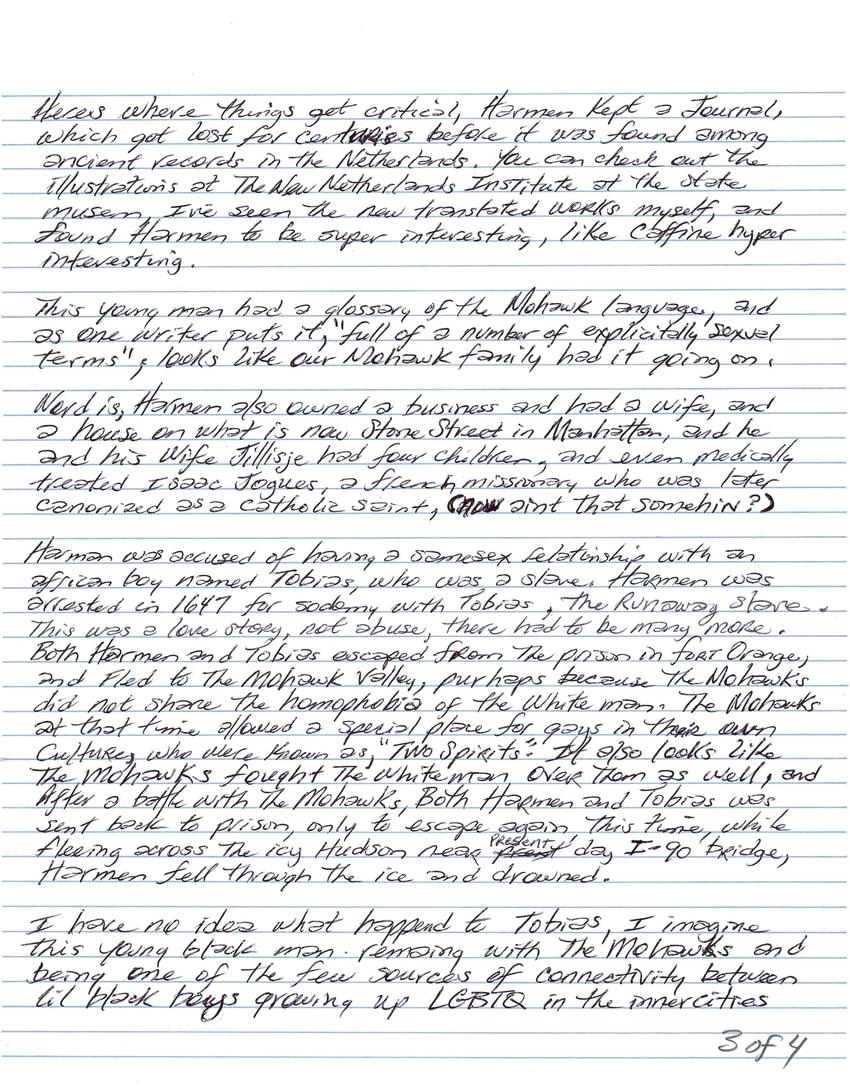
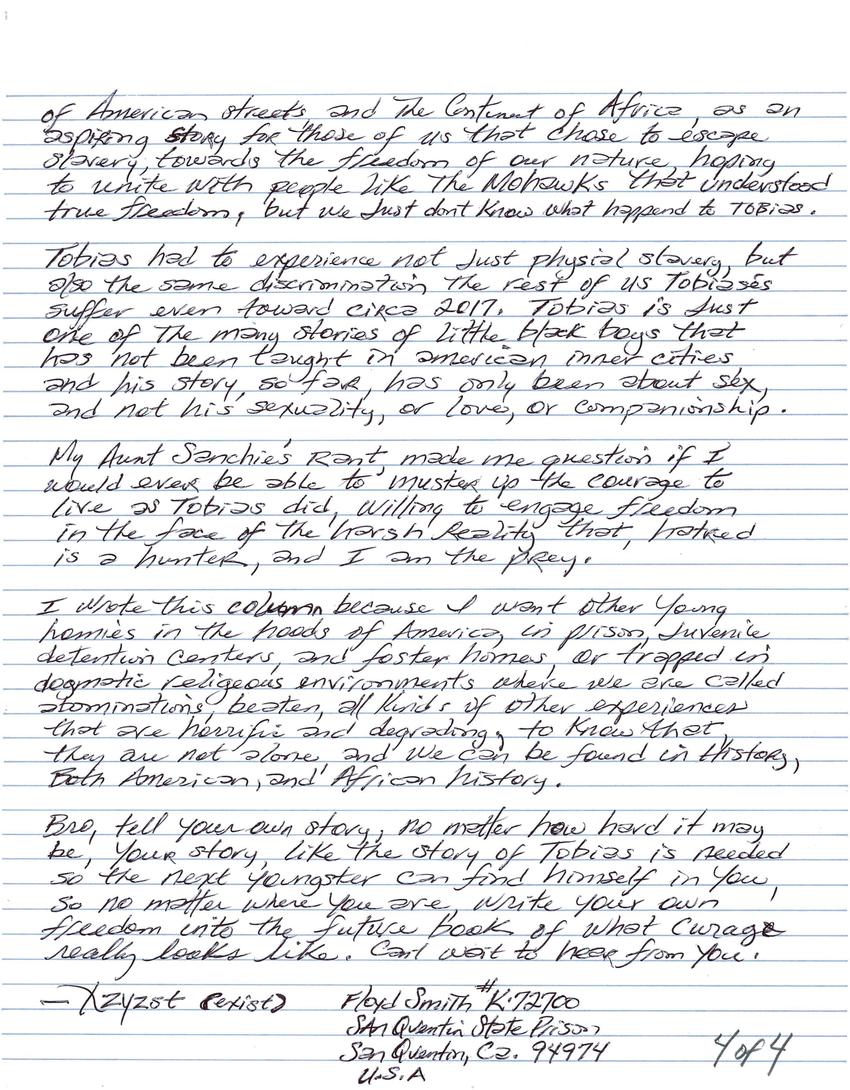

Replies